DMX or XLR: A Take on the Great Cable Debate
The question of XLR and DMX cables seems to forget about the question of signal cable distance. It is likely that if you are running a major lighting system with large distances between your PAR cans and your controller, that you may want to more strongly consider DMX cables, if you are resisting them due to their increased cost or for some other reason. This is because over larger distances the RF signal degrades and signal noise remains transmitted in the cable: this could cause a problem and confuse your moving heads, LED PAR cans, or whatever other fixtures you are controlling or even damage them. The problem of noise is compounded by another cable problem, that of reflection. Reflection refers to when the signal reaches the end of the cable, and a percentage of it is reflected back up the cable. And here is an important point, the question of XLR or DMX, has overshadowed the problem of signal termination. No matter whether you use DMX or XLR, if your signal is traveling back up your cable, things will start to go a bit haywire. My final point is that this XLR versus DMX debate sometimes misses a more basic point that if you are going to use either type cable, make sure it is a quality cable. More often than not it is quite difficult to decide whether a problem with your lighting system has to do with whether it is XLR or DMX or whether it is simply a poor quality cable. In other words, though the XLR or DMX debate is important, it seems that some of the problems that arise are hastily attributed to XLR cables, when in fact the problem may be more elementary.
In conclusion, the decision is ultimately yours. Consider the distances of your cabling and also whether you have or need high quality DMX or XLR cables. Consider termination resistors for signal termination to avoid reflection. Note, however, that reflection is most often only a problem in larger scale lighting systems. I hope this article helped, please comment with any questions you still have! If you are looking for cable, BulbAmerica has it, and it is top quality, don’t forget to check it out either!






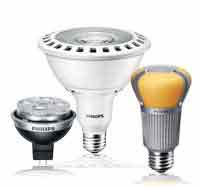
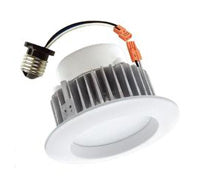

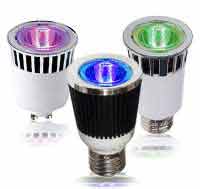


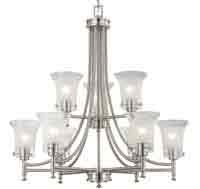
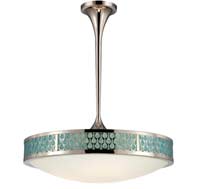




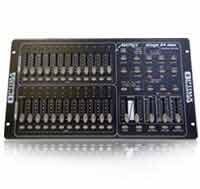






Comments